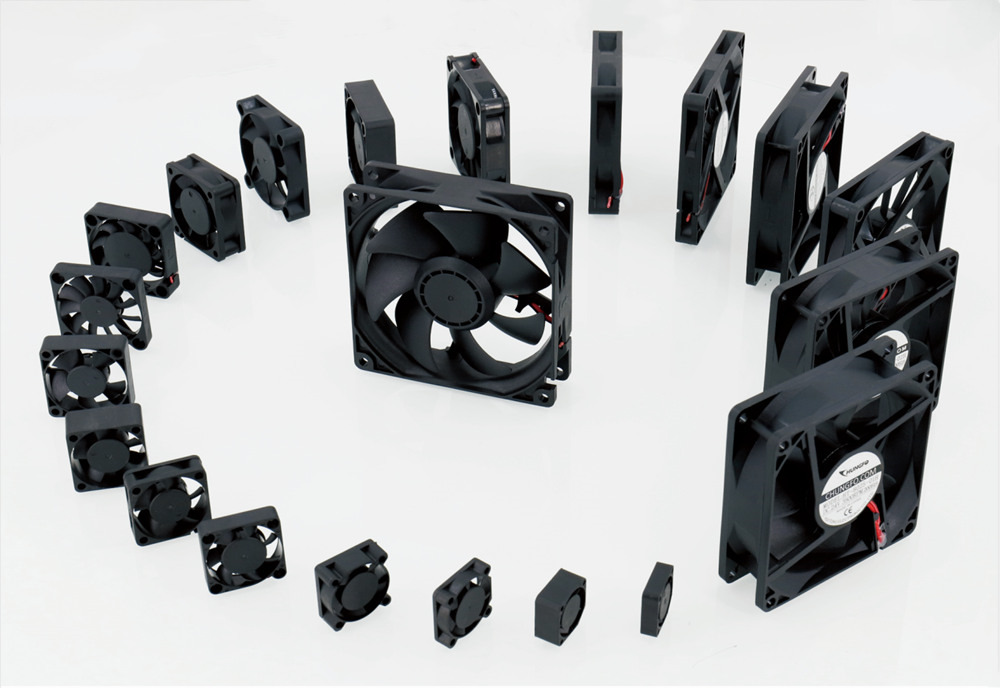Axial fans date back to the horizontally configured windmills of Europe in the Middle Ages. The first electrically powered fans, introduced in the 1880s, were axial fans.
Axial flow fans are named for the direction of the airflow they create. When an axial fan works, the blades push the air to flow in the same direction as the axis, so it is called the axial fan. An axial fan, as the name indicates air movement is parallel to the axis of the fan rotation. The axial fan has the inlet and outlet in line. That is, the air inlet is parallel to the air outlet.
The axial fan is a type of a compressor that increases the pressure of the air flowing through it. The blades of an axial fan rotating around an axis and draw air in parallel to that axis and force air out in the same direction. In operation, most of the air flow is parallel to the shaft, in other words, the flow is axially in and axially out, along the axis, linearly, hence their name.
The impeller and propeller of an axial fan are similar. The design priorities in an axial fan revolve around the design of the propeller that creates the pressure difference and hence the suction force that retains the flow across the fan.
Axial fans create airflow with a high flow rate, meaning they create a large volume of airflow. However, the air flows they create are of low pressure. Their power requirement is minimal. Axial fans have the lowest power consumption when the inlet airflow is free air with zero static pressure. When running, the power consumption will increase with the increase of the airflow back pressure.
High airflow axial fans are more suitable for high flow and low resistance applications, while the other fans are simply appropriate to the opposite conditions– low flow and high pressure resistance. The axial flow fans vary in terms of operating features depending upon the blade shape and width along with the tip speed and number of blades in it. These are typically used to cool systems and machines like spot cooling and area ventilation.
Axial cooling fans are usually installed on the cabinets of electrical equipment, and sometimes are also integrated on the motor. Due to the compact structure of the axial fans, they can save a lot of space, and are easy to install and widely used.
